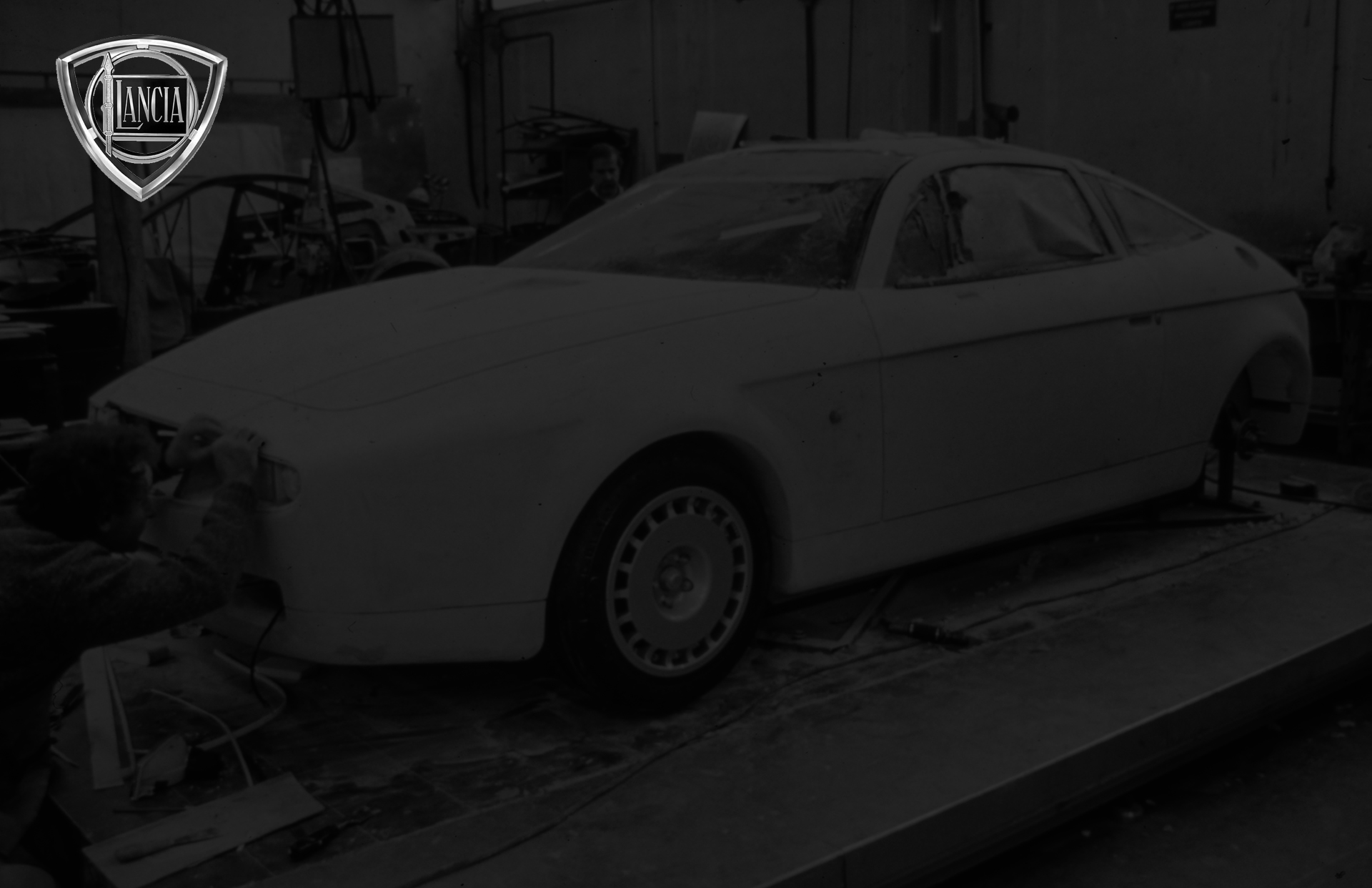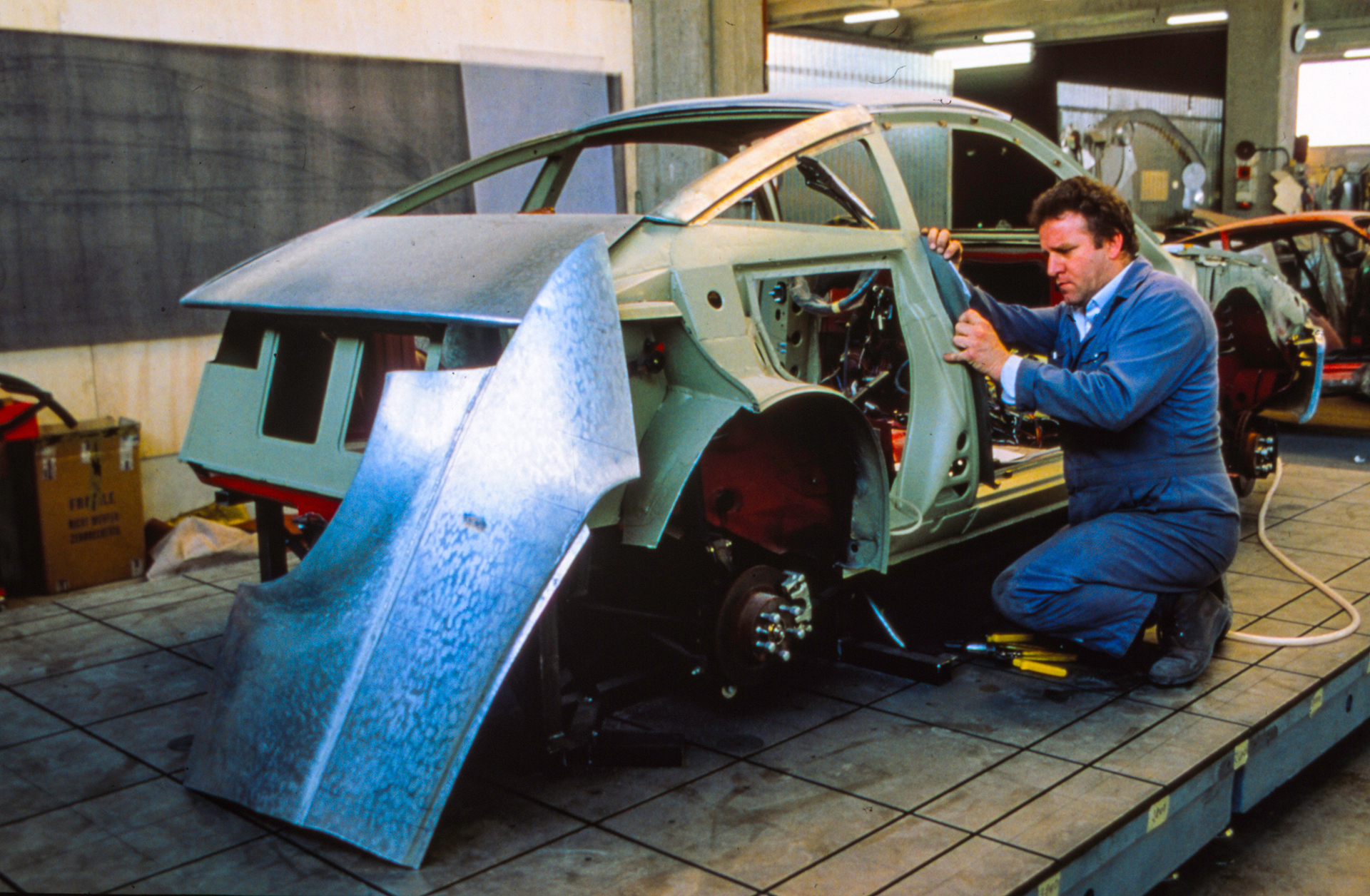
In amidst all this was Koot pitching Lancia to alter their manufacturing throughput to produce 600 rolling chassis outside their normal manufacturing projections. Lancia didn't share the Dutchman's vision. The only option Koot's was left with was diverting showroom fresh Integrale from expensed inventory, before they left Italy, then stripping them down and building the Hyena upon them. This dual manufacturing operation was condemned to a market price of 75k, equal to Ferrari's new 348, in a slowing market that was barely supporting Lancia's donor car. Not the price point hot rod Koot's envisioned.
In the end 24 were completed. Now of course this fraught tale of ill-timed, though perhaps not ill-conceived, performance road car manufacture, has resulted in the Lancia Hyena being one of the rarest of the rare from an era that only now is beginning to define what is collectable.
Ironically, when the last Hyena left the factory, Zagato itself was no longer the company it had been when it started the project.
This article was inspired by Gianni Zagato giving me the 35mm slides of the Hyena in development shown on the following pages. One of the very interesting aspects brought to light by these photos is how dramatically the Hyena's structure beneath the skin differs from its Integrale donor.
Another unusual element of this beautifully rounded and balanced design is how it paradoxically steps back to a time where rounded shapes were the basis of aero thinking. Powered by its Lampredi designed two liter, 16 valve twin cam with turbo, the Integrale's near on 200hp engines, with their Group A and WRC sure footed chassis, were, and remain, a potent mix, calling for, one would think, an element of aero stability.
Ironic to this point, the Hyena's immediate collectibility from new has probably served to protect both the cars and their pilots from those critical moments on the outer edge of its performance envelope, while not depriving them of the exquisite visceral fun to be had on the way to those outer limits.





